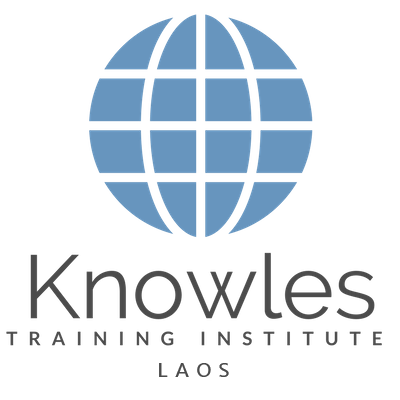Association with Personal Experiences
Enhancing Memorisation through Personal Engagement
- Use Sensory Cues: Create a multisensory learning environment by incorporating smells, sounds, or textures that evoke personal memories and aid in information retention.
- Use Visual Imagery: Use the power of visual imagery to create mental pictures that connect to the content you want to remember, making it more memorable.
- Active Participation: Engage actively with the material by taking notes, asking questions, or discussing concepts with others, promoting deeper understanding and retention.
- Personal Reflection: Take time to reflect on how the information relates to your own experiences, values, or perspectives, making it more meaningful and easier to remember.
- Relate to Real-Life Scenarios: Connect the information to real-life situations or examples that you have personally encountered, strengthening memory associations.
- Emotional Connection: Attach emotions or personal significance to the information by finding ways to relate it to your own interests, passions, or goals, enhancing memory formation.
- Personalized Examples: Use personal anecdotes or examples that are relevant to your own life to illustrate key concepts, making them more memorable.
- Experiential Learning: Seek out opportunities to apply the knowledge in practical contexts or engage in hands-on experiences that reinforce the learning, improving memory retention.
- Regular Review: Schedule regular review sessions to reinforce the information and prevent forgetting over time, maintaining a strong memory of the material.
- Multimodal Approach: Combine sensory cues, visual imagery, active participation, reflection, and personal connections to create a comprehensive learning experience that maximizes memorisation.


